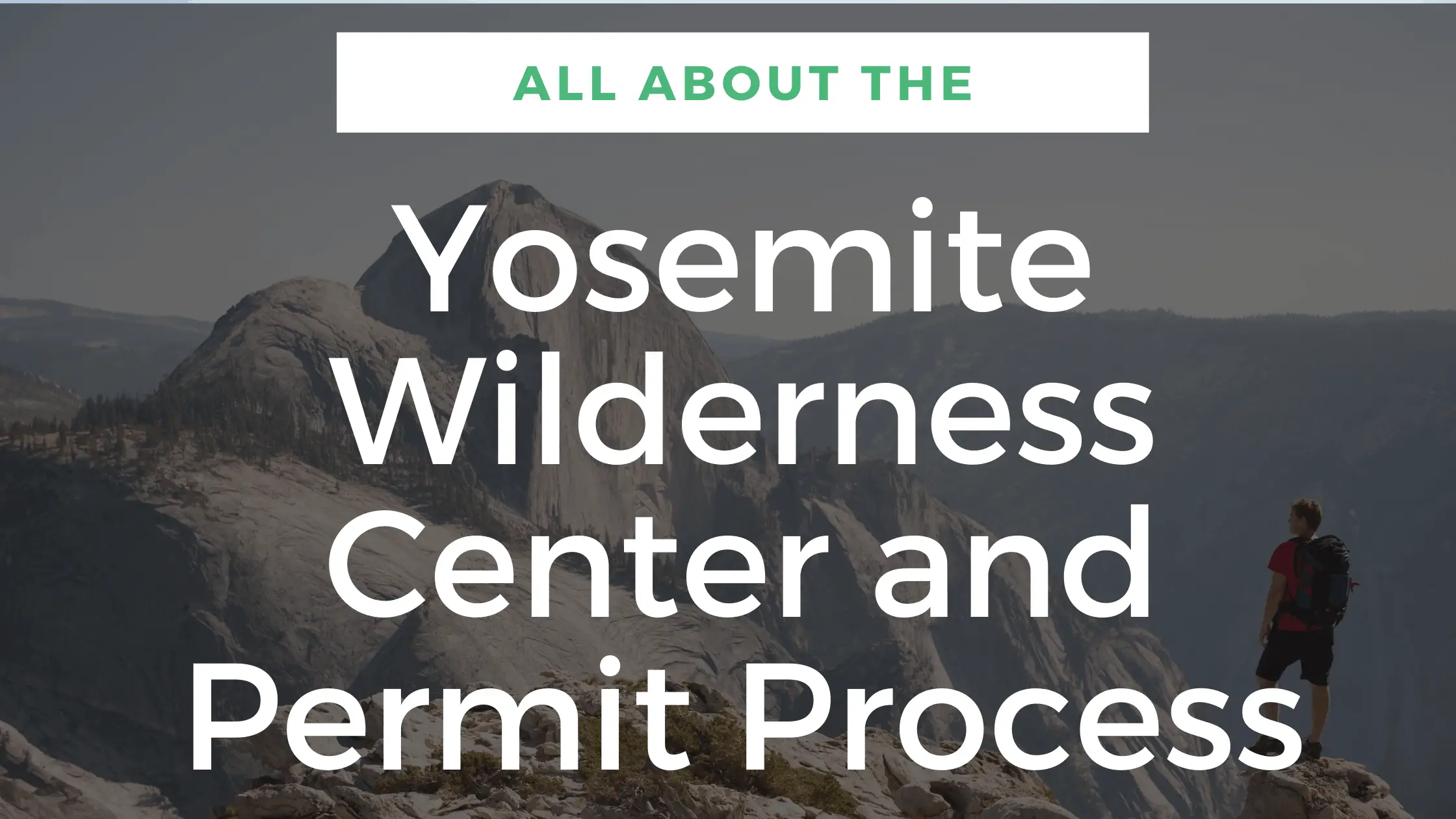Like campsite stays at Yosemite campgrounds, Yosemite Wilderness trips are extremely popular. If you are planning an overnight stay in the Yosemite Wilderness, you will need permits and a bear-proof food storage canister. You can get your wilderness permit from Yosemite Wilderness Center. You can also get the canister rentals from Yosemite Wilderness Center.
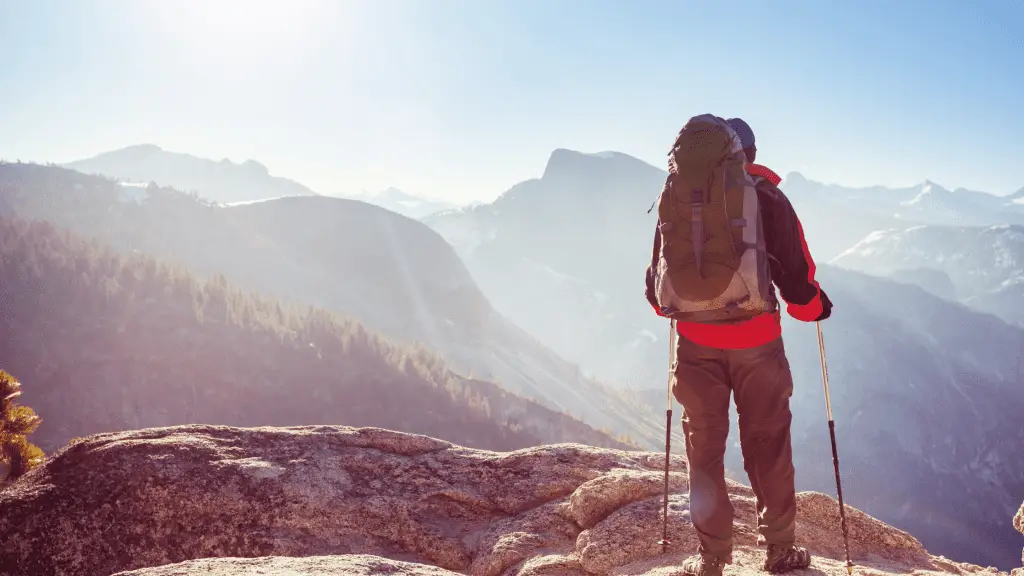
Yosemite Wilderness Permit Process
Due to the Covid-19 pandemic, requests for wilderness permits have to be made online and permits are issued through emails.
40% Reservations through Online Lottery
The quota for first come first served permits is 40% and these would be distributed through an online lottery two weeks in advance. For wilderness permit reservations under this category, you can make a request 15 days in advance from the starting date of your hike. There are daily lotteries that allocate Yosemite park wilderness permit reservations. You can also get reservations from unreserved permits up to 9 days in advance.
Winter Permits (Begins November 1, 2020)
For overnight wilderness trips from November to April, Winter Wilderness Permits are required. These permits can be obtained through self-registration Yosemite National Park permit stations. You don’t need to apply online or make a reservation. You can get your wilderness permit from Yosemite Wilderness Center.
Price: Wilderness permit reservations can be obtained up to 24 weeks in advance and up to 2 days before starting the wilderness trip. Each confirmed reservation costs $5 and $5 per person.
Trailhead Quota System
A trailhead quota system is in place at Yosemite National Park. This limits the number of people who could enter a particular trailhead for a wilderness trip on a given day. This is to ensure that there is no overcrowding and the visitor impact on the wilderness ecosystem is minimal. Of all the permit reservations available for a particular trailhead, 60% can be reserved up to 24 weeks or 164 days in advance. For the wilderness permit, you should apply in advance and once approved collect it from Yosemite Valley Wilderness Center.
The quota system aims at restricting the number of people who enter a trailhead on a particular day to avoid overcrowding and impact on the wilderness ecosystem. It ensures this by mentioning when and where you can begin your hike. In some cases, it also mentions where you can camp on the first night of your wilderness trip. This means you can’t enter the trailhead just any day with a multi-day permit. You have to make your entry into a trailhead on the day for which the reservation is given. After the first night at the designated camp, you are allowed unrestricted hiking in all the networks accessible from your trailhead.
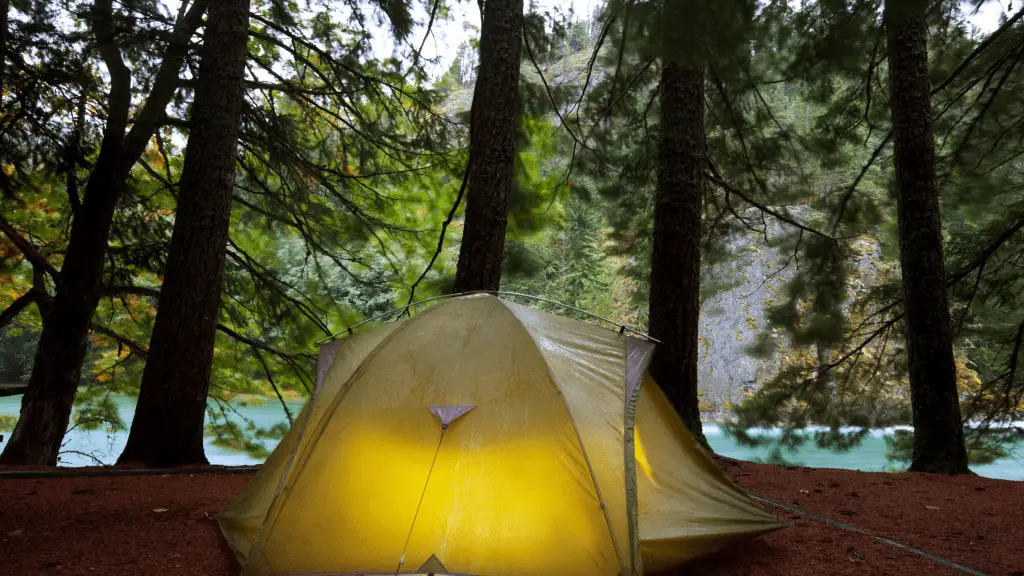
Plan Your Wilderness Trip
This is a wilderness trip and you should have an idea of what to expect along the journey. You may encounter snowy patches and perilous river crossings even during the summer months. So, you should do adequate research about the trails, locations, weather conditions, and hazards before you finalize what trailhead you should choose for your wilderness trip. You should not expect the park rangers to help you plan the trip.
Every hiker needs a proper permit for overnight hiking, backpacking, and wilderness trips in Yosemite National Park. Sometimes, trails you wish to trek may have hidden hazards and may even be closed. Usually, trails are blocked due to ice, fire, or rock-fall. Even open trails are not necessarily hazard-free. Once you enter the wilderness, your safety is your responsibility. Trails are snowy and hard to find during the winter – November to June. Your planning should also include collecting the permit from Yosemite Valley Wilderness Center.
Requirements for Reservations
Before you move to make your reservation request, keep the following information handy:
1. Name of the permit
2. Daytime telephone number
3. Mailing address
4. Number of people
5. Start and end dates
6. Number of stock (mules, horses, llamas)
7. Beginning and ending trailheads
8. View trailhead information.
9. Principal destination
How to Make a Reservation
The reservation office is open from mid-November till September. It accepts reservation applications for summer trips from May to October. After the Covid-19 pandemic, online reservation of permits has been allowed.
To make the reservation, visit the Yosemite National Park site and proceed with the online reservation. The form is structured along the lines of a tax form. You can list three trailhead options, out of which one will be granted. After your application is approved for permit reservation, you will be notified within 2 working days. You will also receive an email asking you to pay the processing fee online. You have to pay for the reservation within 48 hours. For winter wilderness trips, a self-registration at Yosemite’s permit-issuing stations is sufficient.
Use Food Storage
All wilderness trekkers and backpackers scheduled to have an overnight stay in the wilderness must have their food stored in bear-proof canisters. If you don’t carry such a canister, you can take on rent from NPS. Yosemite National Park has a sizable population of wild bears. By not encouraging and allowing visitors to offer food to bears, Yosemite National Park management tries to keep the bears naturally wild. Feeding the bears is good neither for the bears nor for the trekkers. Eating their natural food keeps the bears healthy, too.
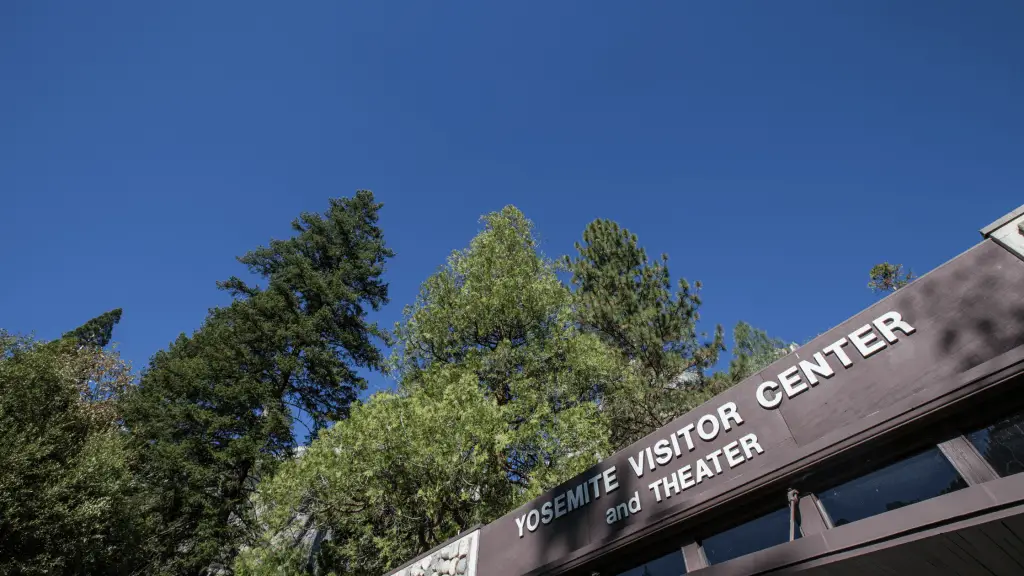
Where to Get the Wilderness Permits From
The Wilderness Permits are necessary for an overnight stay outside the campgrounds but inside Yosemite National Park. The permits can be obtained from permit-issuing stations that are open Monday through Friday between 8:30 am to 4:30 pm. Here is the list of permit-issuing stations for Wilderness Permits in Yosemite National Park.
Yosemite Valley Wilderness Center
For the new summer season reservations starting May 2021, you can approach Yosemite Valley Wilderness Center for Wilderness Permit reservations once it opens after the pandemic. For the 2020 summer season, online applications were accepted and permits were distributed via email. However, you can find wilderness permit maps and bear canisters at Valley Visitor Center from 9 am to 4 pm.
Open: 8 am to 5 pm, 7 days a week
What: Wilderness permits, maps, books, bear canister rentals
Tuolumne Meadows Wilderness Center
You can approach Tuolumne Meadows Wilderness Center for obtaining wilderness permits when the center reopens following the opening of Tioga Pass in Spring 2021. You can get a wilderness permit for Tuolumne Meadows here on self-registration. But you must come with your bear-proof canister.
Open: 8 am to 5 pm, 7 days a week
What: Permits for hiking, backpacking and wilderness, bear canister rentals, books, and maps
Big Oak Flat Information Station
This is yet another wilderness permit issuing station. It will reopen in spring 2021. You can get a wilderness permit for the Tioga Road area on self-registration. However, you must come prepared with your bear-proof canister.
Open: 9 am to 4 pm (Winter) and 8 am to 5 pm (Summer)
What: Wilderness permits, books, maps, and bear canister rentals.
Wawona Visitor Center at Hill’s Studio
This wilderness permit-issuing center will reopen in spring 2021 after the pandemic is over. You can find wilderness permits for Wawona and Glacier Point Road areas. You should come prepared with your bear-proof canister.
Open: 7 am to 9 pm
What: Wilderness permit, bear canister rentals
Hetch Hetchy Entrance Station
You can receive your wilderness permit on self-registration for the Hetch Hetchy area. Come ready with your bear-proof canister.
Open: 7 am to 9 pm
What: Wilderness permit, bear canister rentals
For any query regarding your wilderness permit, you should call up Yosemite Wilderness Center Phone Number. Yosemite Wilderness Center Phone Numbers are (209) 372-0740m, (209) 372-0310.
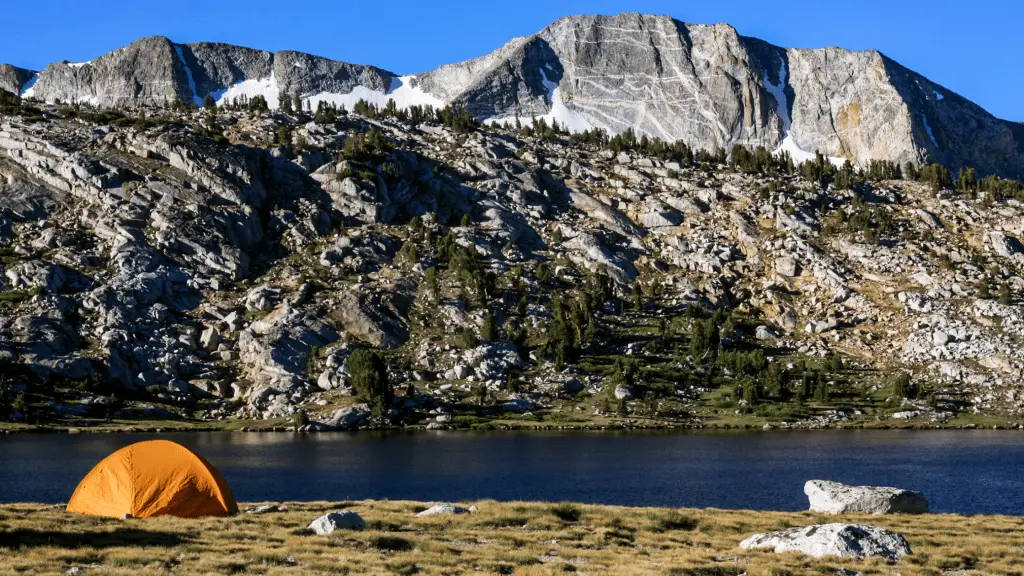
Things You Should Know
Group Size: You can go hiking in Yosemite Wilderness with your group but your group should not exceed 15 people for trail trips and 8 people for off-trail trips.
Campsite Location: You should use existing campsites situated at least 100 feet from streams and lakeshores. While camping in the wilderness, make sure you are at least 4 trail miles away from Tuolumne Meadows, Glacier Point, Yosemite Valley, White Wolf, Wawona, and Hetch Hetch. Your campsite should also be at least one trail-mile from any road in the park.
Human Waste: Human waste should be buried six inches deep in a small hole that is at least 100 feet from any water body or camp area. You should pack your toilet paper and exit with it.
Garbage: All garbage should be packed out without exceptions. You should not bury or scatter organic and other wastes. You should not leave behind foils.
Fires: Woodfire is allowed only in existing fire rings. You can use only dead and down wood for a fire. Wood fires are not allowed above 9,600 feet. Using a gas stove is always a better option.
Pets: You are not allowed to take your dogs or any other pet in the Yosemite wilderness.
Soap: You should not use any form of soap in the water bodies. Any kind of washing and rinsing involving soap should be done at least 100 feet from the streams, lakes, and rivers.
Firearms: You are not allowed to carry any kind of firearm in the Yosemite wilderness.
Final Thoughts
A wilderness trip in Yosemite National Park can be a lifetime experience. A lot of people take the opportunity to discover nature in its most pristine and wild forms as it can be unraveled in Yosemite. However, you need a wilderness permit for unrestricted travel inside Yosemite. There are a limited number of permits and these are taken up as soon as they are available. But you should keep trying and keep in touch with Yosemite wilderness center. Your efforts will bear fruit and you may soon be rewarded with a wilderness permit.

